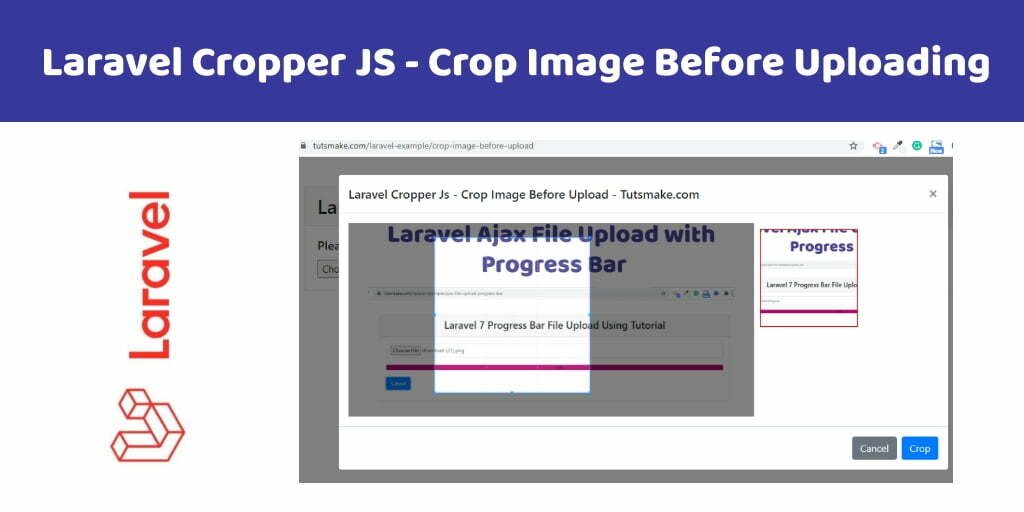
Up to 37x faster than related approaches (read section 5 of the article ). For instance, Markdown is designed to be easier to write and read for text documents and you could write a loop in Pug. Browser Support Syntax Return the resize property: object. element-resize-detector Optimized cross-browser resize listener for elements. HTML preprocessors can make writing HTML more powerful or convenient. Users can now freely resize the containers and therefore, our logic changes a bit: observe a change in the container, caused by the resize event if the change happens, call a function, that resizes.

Note: The resize property applies to elements whose computed overflow value is something other than 'visible'. The resize functionality is natively implemented by (most) modern browsers along with the displayed handle on the bottom right of the containers. The speed is critical for the user in these editors.

To guarantee that the aspect ratio options are respected by other modifiers, those modifiers must be in the aspectRatio.modifiers array option, not in the same resize.modifiers array as the aspectRatio one. The resize property specifies whether or not an element is resizable by the user. A rich image editor that offers image resize, crop, rotation, zoom IN and zoom OUT capabilities often require image manipulation on the client-side. Modifiers to apply to the resize which will be made to respect the aspect ratio options Resizable options have an edges property which specifies the edges of the element which can be resized from (top, left, bottom or right). Increase edges by the same amount instead of maintaining the same ratio The aspect ratio to maintain or the value ‘preserve’ to maintain the starting ratio

Interact.js comes with an aspectRatio modifier which can be used to force the resized rect to maintain a certain aspect ratio.


 0 kommentar(er)
0 kommentar(er)
